Functionally Relevant Fitness
By Brandon Gallagher
August 28, 2018
Functional Fitness is now a hot term in the fitness industry, and you see it nearly everywhere you look. But what does it mean, exactly? And, is it possible that there really are all these different exercises that equate to “Functional Fitness”?
As a fitness practitioner with more than a decade of experience, I have admittedly struggled with this vague and seemingly elusive concept, and have often failed to see the “function” in some of the movement patterns promoted as “Functional Movement.” Because of my inability to discover much consistency or repeatability to these concepts, I felt compelled to dive a little deeper. As a result, this is what led us to ultimately develop an extensive, in-depth strength program at Thrive Fitness & Wellness with the primary objective being to help people practice Functionally Relevant Fitness.
What is Functionally Relevant Fitness? There are particular movement patterns to which, given today’s society, we are all generally subjected. We all sit down and stand up, we all push ourselves up out of bed (and occasionally off the floor), we push and pull doors open, and we lift various and varied objects off the ground (laundry basket, bags, child’s car seat, etc). Knowing that we will encounter the movement patterns above makes room for a strong argument about understanding how to perform them safely and effectively. Straining our back because we lifted something improperly or hurting our shoulder (e.g. rotator cuff muscle) because we pushed or pulled from a disadvantaged position are things that many of us have experienced firsthand. The problem isn’t that we were “out of position,” the problem is we weren’t prepared for the position. This is where Functionally Relevant Fitness comes into play.
The objective of Functionally Relevant Fitness is to train our bodies in a controlled environment to safely and effectively perform the movement patterns that will be demanded from us on a day-to-day basis. They include: the squat pattern (sitting down and standing up), the bench-press pattern (pushing our body up out of bed/pushing and pulling doors open), and the deadlift pattern (lifting laundry baskets, bags, child’s car seat). We are intentionally using “pattern” as a way to qualify the exercise, leaving the appropriate version of that exercise up to the interpreter (such as yourself, or a professional Fitness Practitioner). For example, when we say “deadlift,” this is not exclusive to a standard barbell deadlift, which not everyone can safely perform. This means a person may require some variation to better comprehend the pattern so they can apply those principles as they lift things off the ground in their day-to-day life. The same holds true for our “squat pattern” and “bench press pattern.”
The root of Functionally Relevant Fitness is the controlled practice of the movement patterns you will see in your day-to-day life. Finding the appropriate variation based on your capacity –– (given your starting point, including any contraindications as well as any imbalances) –– is vital in developing a program that will keep you feeling stronger, moving with quality, and help you to move with the least amount of restriction (pain) as possible.
Thank you for taking the time to read this article. Please, let us know what you think, and feel free to shoot any questions our way!




